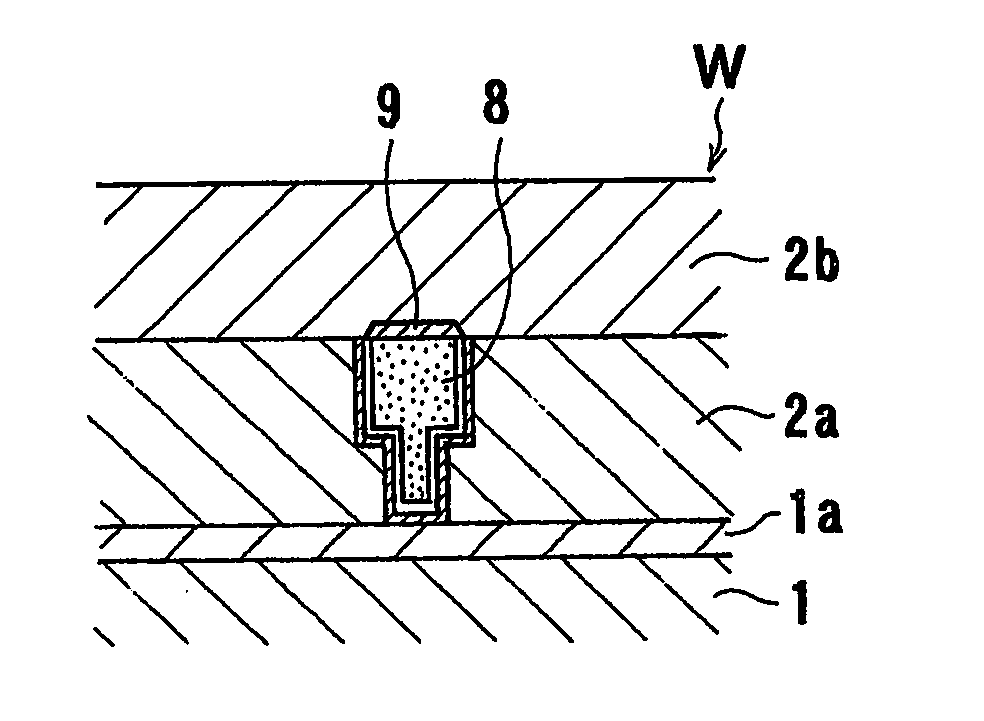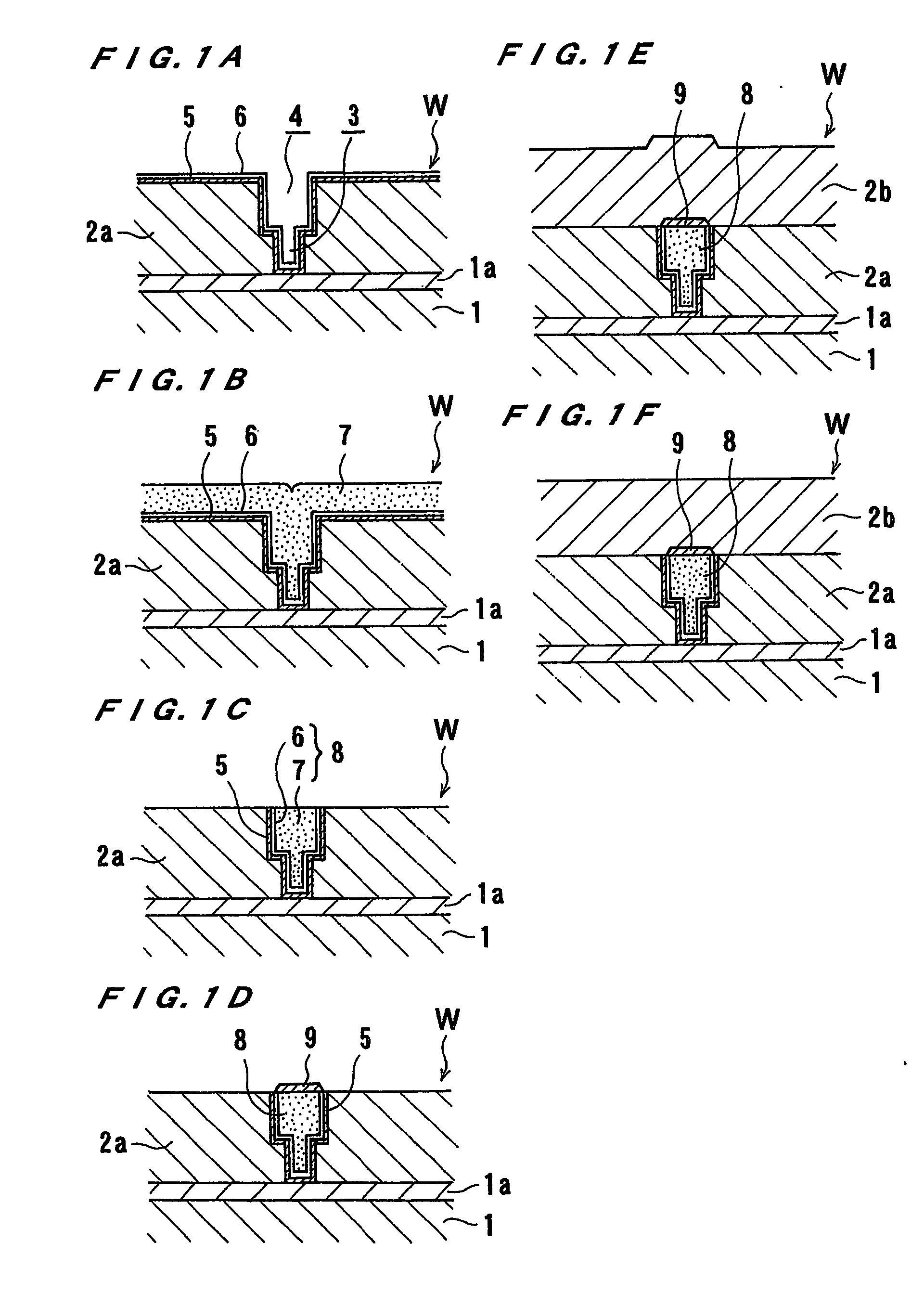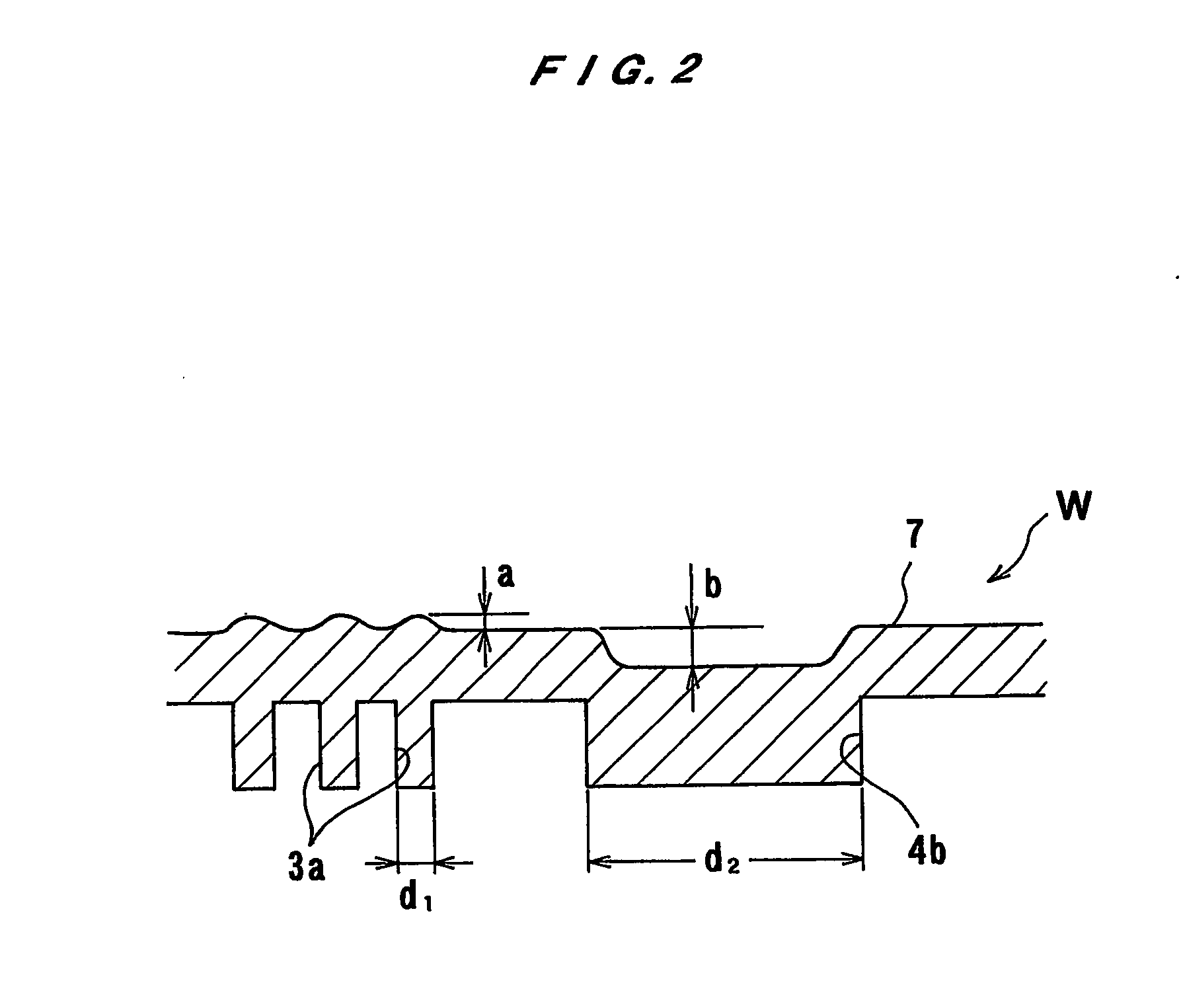Substrate processing apparatus and substrate processing method
- Summary
- Abstract
- Description
- Claims
- Application Information
AI Technical Summary
Benefits of technology
Problems solved by technology
Method used
Image
Examples
Embodiment Construction
[0118] Preferred embodiment of the present invention will now be described in detail with reference to the drawings. In the following description, the same or corresponding members or elements are given the same reference numerals, and a redundant description will be omitted. The below-described embodiments use a semiconductor wafer as a substrate and process a semiconductor wafer by means of a substrate processing apparatus. It is however noted that the present invention is of course applicable to a substrate other than a semiconductor wafer.
[0119]FIG. 5 is a plan view schematically showing the construction of a substrate processing apparatus according to an embodiment of the present invention. As shown in FIG. 5, the substrate processing apparatus includes a pair of loading / unloading sections 30 as a carry-in-and-out section for carrying in and out a cassette housing substrates, such as semiconductor wafers, and a movable transfer robot 32 as a transfer device for transferring th...
PUM
| Property | Measurement | Unit |
|---|---|---|
| Electrical conductivity | aaaaa | aaaaa |
| Thickness | aaaaa | aaaaa |
| Power | aaaaa | aaaaa |
Abstract
Description
Claims
Application Information
 Login to View More
Login to View More - R&D
- Intellectual Property
- Life Sciences
- Materials
- Tech Scout
- Unparalleled Data Quality
- Higher Quality Content
- 60% Fewer Hallucinations
Browse by: Latest US Patents, China's latest patents, Technical Efficacy Thesaurus, Application Domain, Technology Topic, Popular Technical Reports.
© 2025 PatSnap. All rights reserved.Legal|Privacy policy|Modern Slavery Act Transparency Statement|Sitemap|About US| Contact US: help@patsnap.com



